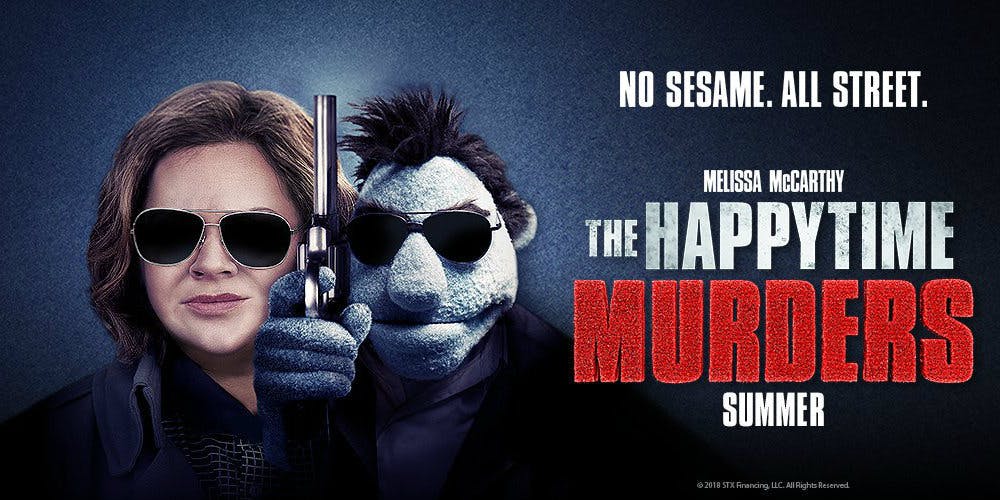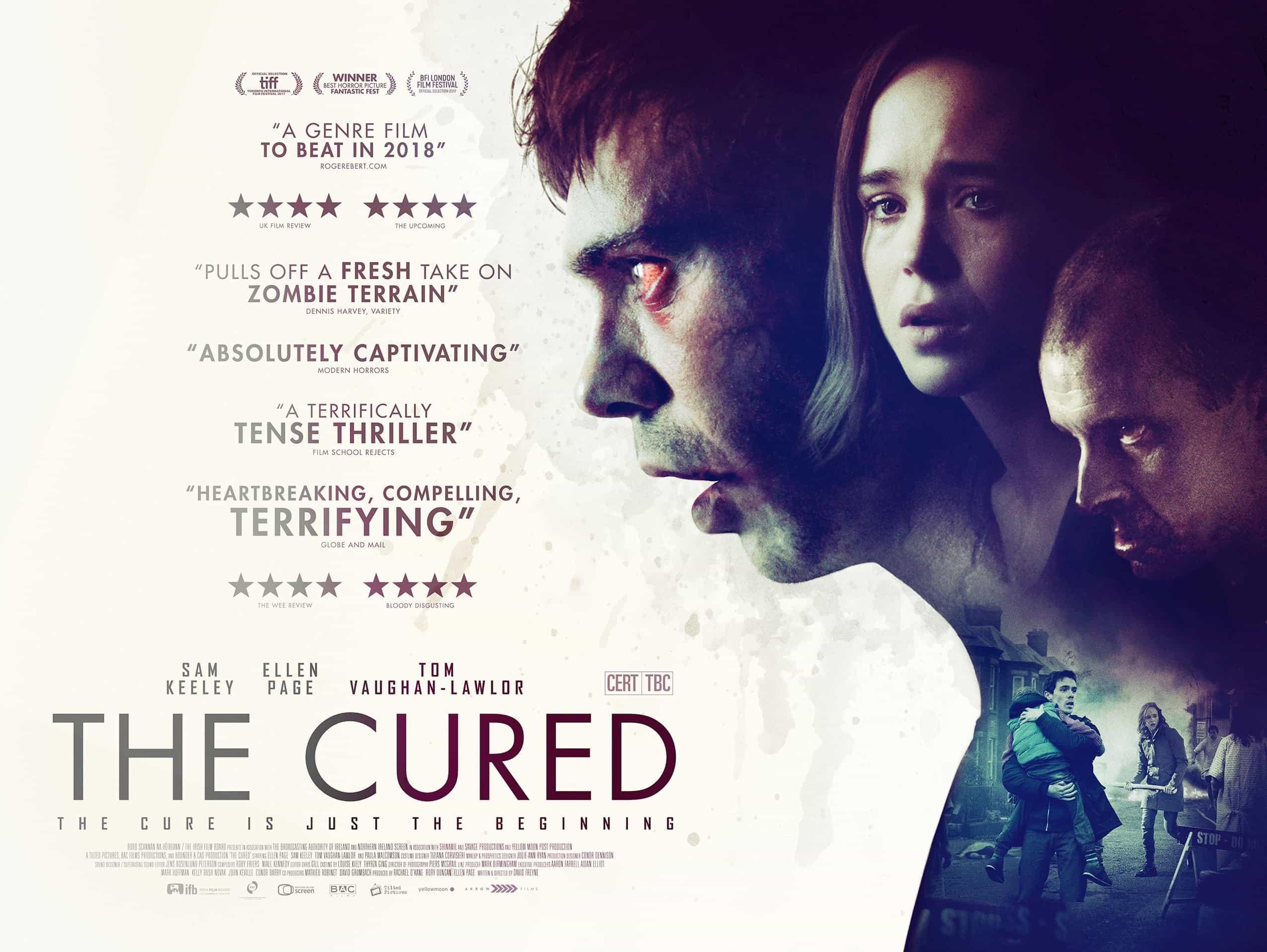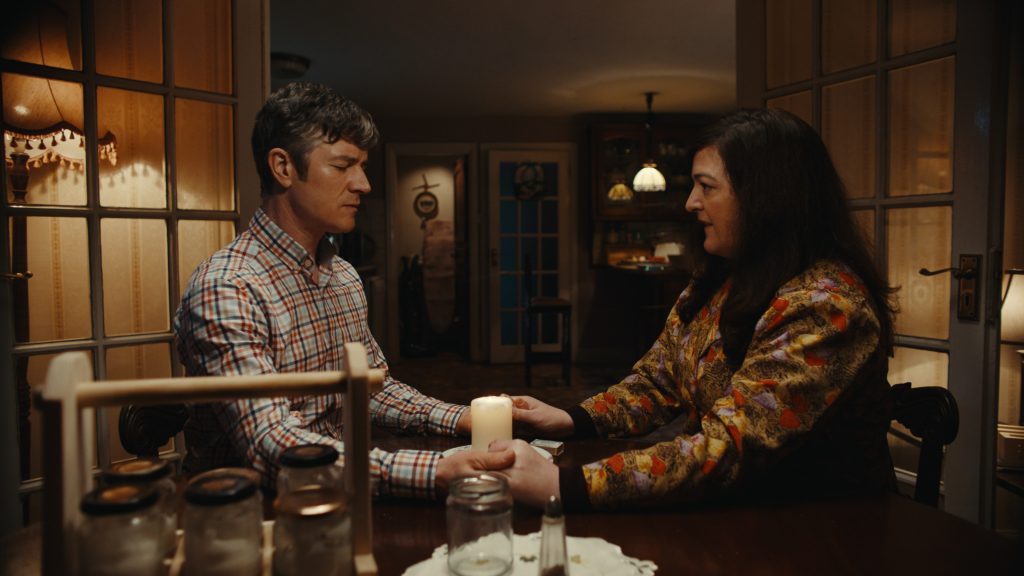“The Happytime Murders” Review
Usually reviews have a certain structure to them. As the reviewer I might lead you into a false sense of security, setting up a review with the potential of having a positive outcome. It could be a vague introduction that tries to (or feigns to) hide the reviewers seething hatred for the film he or she has just seen. Or, on the other side of the coin, the gushing enthusiasm the reviewer feels for this gem that they have just borne witness to.
A steaming pile of excrement, or something akin to the secular version of a religious experience.
So, let me do away with this pageantry straight away, maybe as an expression of the muddled feeling I had leaving the screening of The Happytime Murders. To put it bluntly, this film is a giant mess.
And, look, I’m not one of those snobby reviewers who only likes long European films about existential crises. Well, okay, I am that too. But I am also someone who sat down to watch Adam Sandler’s seminal opus The Waterboy with my brother recently AND LIKED IT. It’s funny. The humour is broad, but it works as a whole. It knows what it is trying to do and it does it. It’s silly, but so what? It’s still a hard thing to get right.
So, what’s my beef with the Happytime Murders? Where to begin …
So we have the set up: in the world of Happytime Murders, the puppets are a discriminated class of stuffed entities within society. They operate at the margins of this society. They occupy the lowest jobs. Prostitution, drug dealing, cleaners, etc. They are crass and vulgar in equal measure.
One could make the argument that this says a lot about how race and class is viewed in the US. Or, more succinctly, how those at the low end of society are viewed by those at the high end. The stereotypes are not good here. Though the puppets as a group are the main protagonists, it ultimately paints them as quite irredeemable in many respects. Even the main murder mystery at the film’s core is a puppet on puppet affair.
Those puppets, ay? Always up to no good.
“Ah come on man,” I hear you say, “it’s a comedy. No need to go overanalysing it like that.”
Maybe that’s fair to a certain degree. But I would argue that this actually poses a problem for the film itself. Who are we supposed to be rooting for here? Possibly ex cop turned PI Phil Phillips, a puppet taken straight from a Raymond Chandler scripted episode of Sesame Street. He has his moments, and the character is possibly the most likeable and interesting thing about the movie. But it’s not enough when everything around him is just tonally off.
“But is it funny?” I hear you ask? Not really. It’s funniest when it’s just the puppets. The first few gags about filthy puppets do hit, I must admit. But it’s more the shock value than anything else. Once that wears off, it’s just not that funny anymore.
Once the humans enter this already muddled fray, things go very wrong indeed. The overwrought dialogue falls flat and it becomes oh so obvious that the actors are acting with lifeless puppets. The jokes fall flat and you can see them struggling to engage with the puppets.
This is really brought into focus when Melissa McCartney and Mia Rudolph share a brief scene together. You can really see these two comic actors bounce off of one another as they are given something to actually engage with – another human being. This also highlights another problem with the movie – it is populated by actors from what I would broadly call the Judd Apatow school of comedic performance. That is to say, they are used to improvising, to a greater or lesser degree, much of their performances. And improvisation always requires another actor to buzz off of. This is perhaps why the scenes with just puppets work better than the rest. Puppets have to stay on script. Generally speaking, we don’t notice, through their body language, that they’re struggling to engage with the material.
The obvious comparison here is Who Framed Roger Rabbit? That too is a movie which pitted the living against the incorporeal. And it’s a great movie. But that movie had a few things going for it that Happytime Murders doesn’t. In it, the toons were lovable goofs. Alongside the gags, you got a sense that they really were suffering in this society. It also had Bob Hoskins, a great actor in his own right. He sold this heightened world perfectly. You never doubted that he was talking to a cartoon rabbit. And he played the straight man in that absurd world.
Who is the straight man (or woman) in the Happytime Murders? (The “straight man” being the conduit for the audience, a point of identification through which we are invited to enter into a heightened realm of cartoons, puppets, or whatever.) It might be Phil Phillips, the puppet PI.
This might work but it kind of undermines the premise of the movie, i.e. the puppets are wild and vulgar, not those cuddly ones you remember when you were a kid.
So we’re left with Melissa McCartney. On top of everything else, she plays the wacky zany character she always does. Which AGAIN undermines the premise. When the focus is meant to be on the puppets and their wild and wacky antics, here comes McCartney with her own brand of wild wackiness which falls flat most of the time due to there being nobody in front of her to act with.
Like I said, a giant mess.
The Happytime Murders is in theaters now.
Review by Conor Tobin, a Dublin based filmmaker.
Tags In
Related Posts
Leave a Reply Cancel reply
This site uses Akismet to reduce spam. Learn how your comment data is processed.






